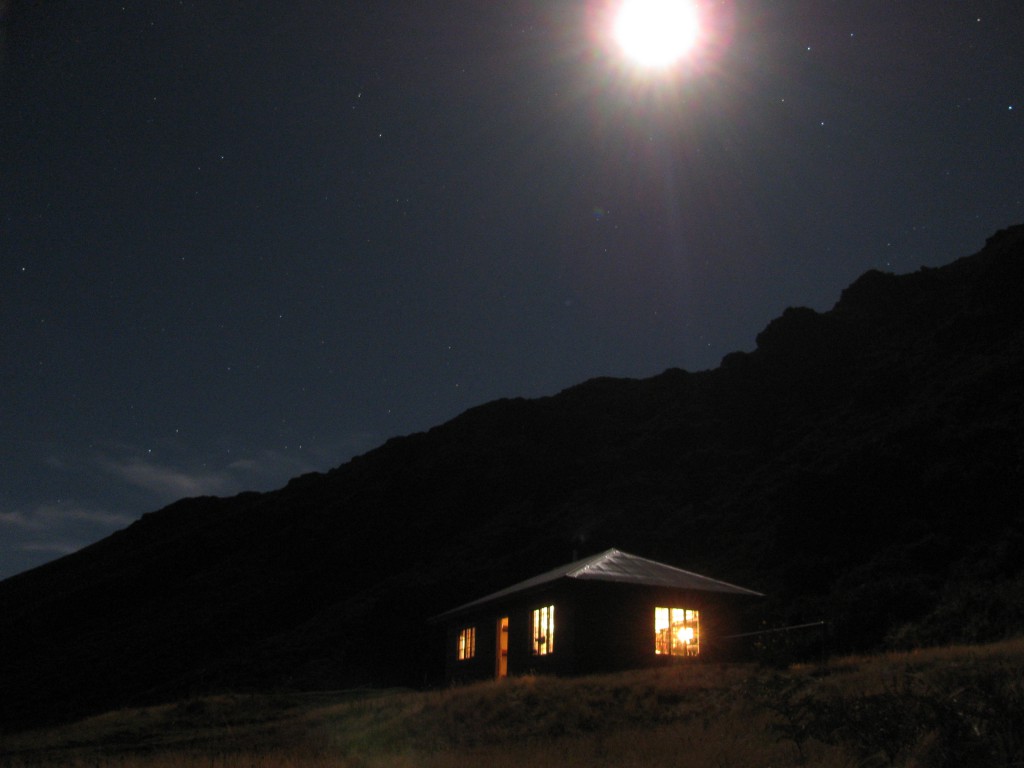Alpine/Aoelian » Unit 2: Summer Every Day and Winter Every Night » Activity 3: Summer Every Day and Winter Every Night
Materials & Setup
In Advance Student Assignment
- Assign the Student Page “Is it REALLY Summer Every Day and Winter Every Night?” (pp. 30-31) as homework. (See Class Period One Materials and Setup for details.)
Class Period One
For each student
- Student Page “Is It Really Summer Every Day and Winter Every Night?” (pp. 30-31)
- This homework assignment involves downloading information from the Internet. If you would prefer providing the tables and graphs rather than requiring students to download them, do this ahead of time and make one copy per student.
Instructions
1) Discuss student responses to the questions on the student page. Ask students to speculate about how plants and animals might be adapted for living in an environment marked by such dramatic daytime and nighttime temperature differences.
Journal Ideas
- Write a one-page entry that describes what you think environmental conditions are like in the alpine/aeolian ecosystem, based on what you have learned so far.
- Have you been to the summit of Haleakalā or another extreme climate? What was it like there? How do people protect themselves against the extremes?
- Imagine what it would be like to be a plant or animal in the alpine/aeolian zone. One researcher said it would be like standing out in a cinder field all day long with no hat and no sunscreen. Then night falls and you have no jacket, but you can’t move. What kinds of analogies would you come up with? Write or draw or make up a chant or a song about living in the alpine/aeolian zone.
Assessment Tools
- Class participation
- Student Page “Is It Really Summer Every Day and Winter Every Night?” (teacher version, pp. 28-29)
- Journal entries
Media Resources
- None

